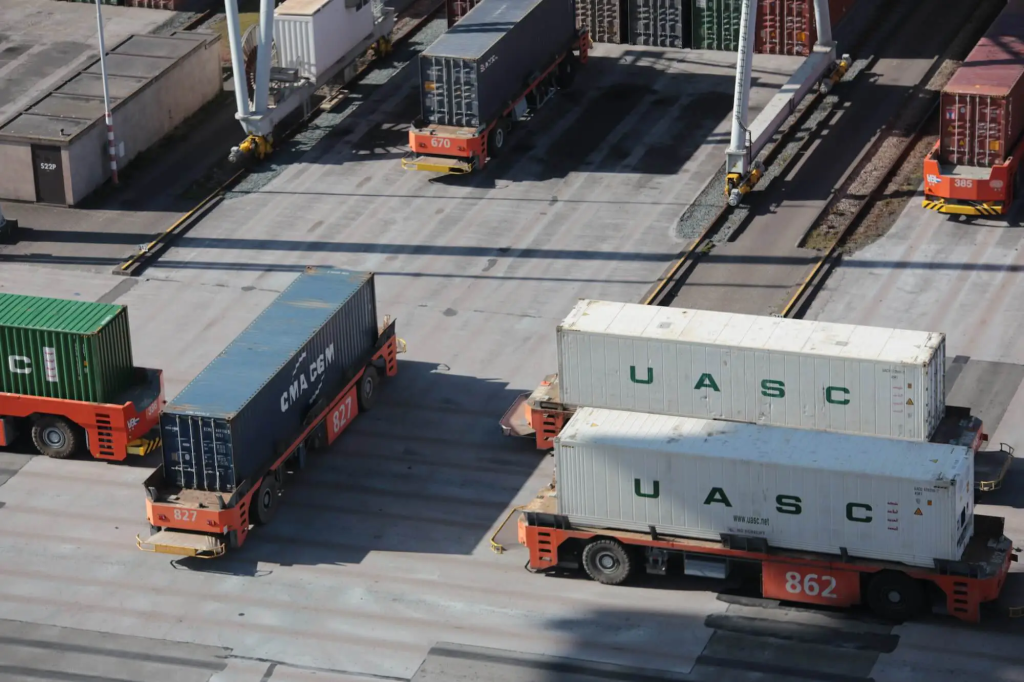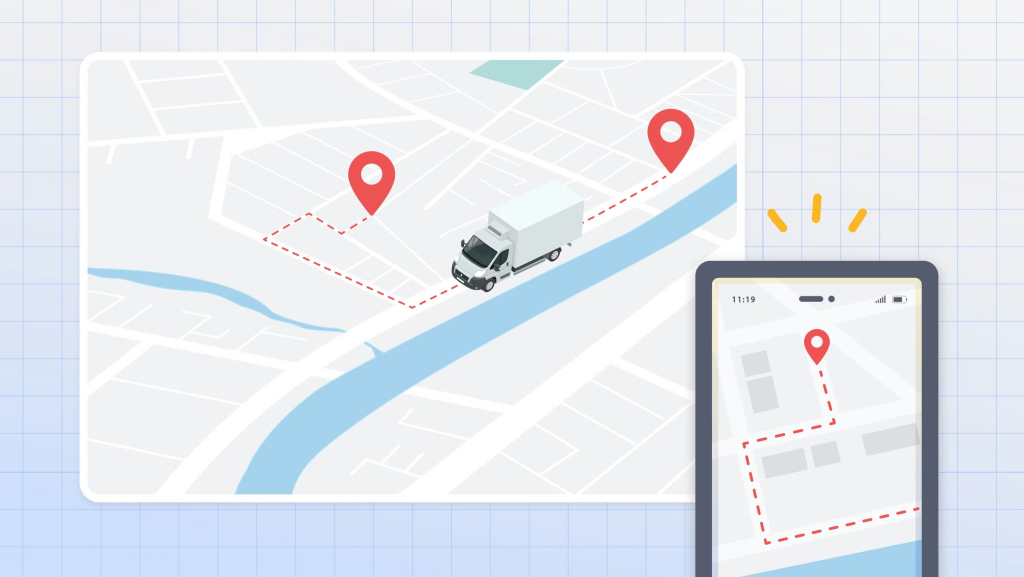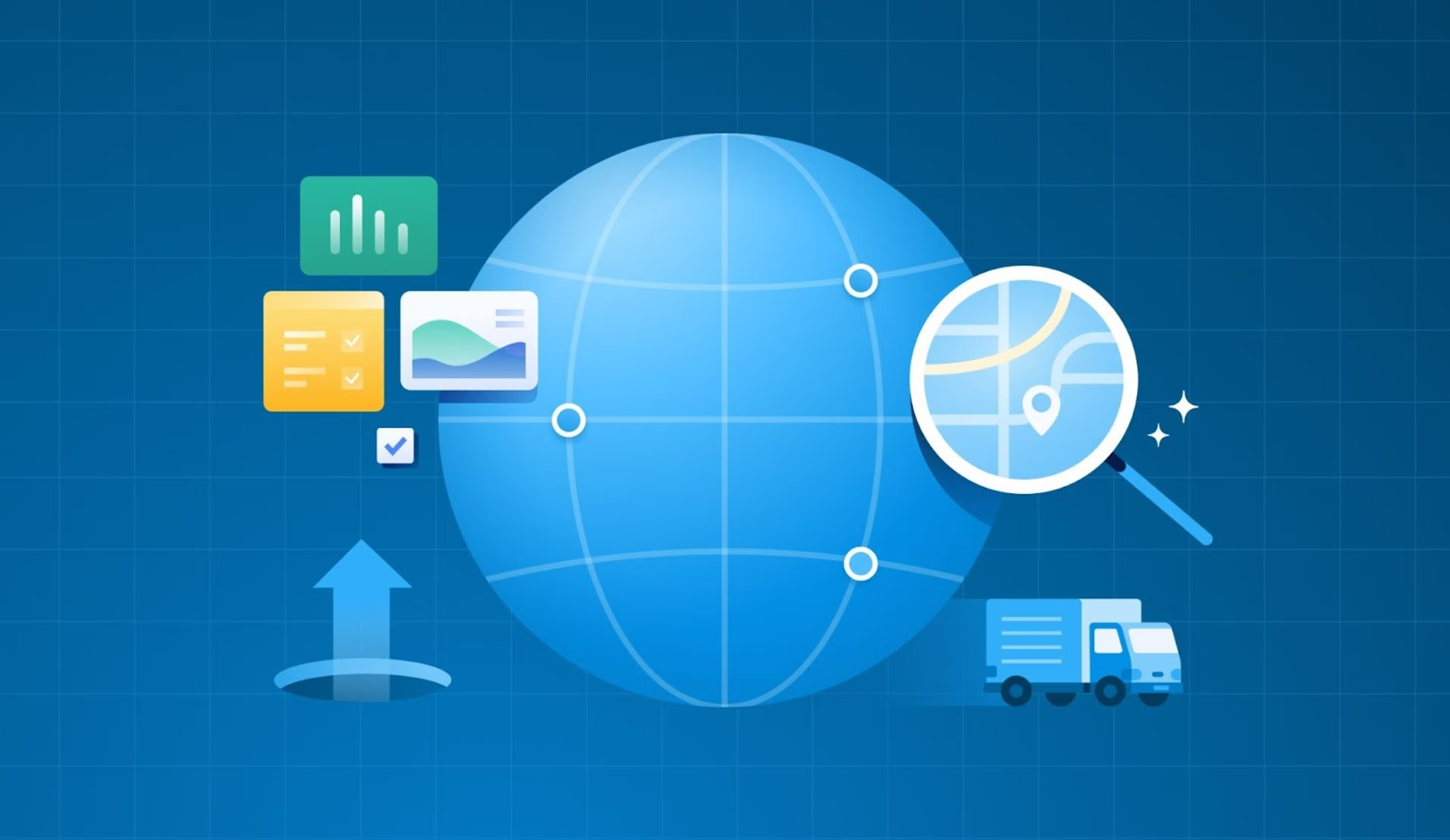Real-Time Visibility vs Traditional Tracking: What’s the Difference?
The difference between traditional tracking and real-time visibility is more than technological jargon – it’s about the experience you deliver to customers and the efficiency you unlock within your operations. Understanding these two approaches helps businesses choose the right tools to stay competitive.

What Is Traditional Tracking?
Traditional tracking has been the backbone of logistics for decades. It provides shipment status updates based on scanned checkpoints along the supply chain. For example, when a package leaves a warehouse, arrives at a sorting facility, or is out for delivery, the barcode is scanned, and the update is sent to the logistics system.

Key Features of Traditional Tracking:
- Checkpoint-based updates: Location information is updated only when the package reaches a specific facility or hub.
- Lag in information: Customers and shippers often see updates with a delay, depending on when scans are uploaded.
- Limited transparency: Between checkpoints, there is little visibility of the shipment’s exact location or conditions.
- Sufficient for simple shipping: Traditional tracking has been adequate for years for standard deliveries without time sensitivity.
However, these limitations are becoming more apparent with rising customer expectations and tighter delivery windows.
What Is Real-Time Visibility?
Real-time visibility offers continuous, live updates about shipments throughout their journey. It leverages advanced technologies like GPS, IoT sensors, and cloud-based logistics platforms to provide constant data on the shipment’s location, status, and conditions.

Key Features of Real-Time Visibility:
- Continuous location data: Shipments can be tracked live on a map, showing exact routes and current positions.
- Environmental monitoring: For temperature-sensitive goods, IoT sensors report on temperature, humidity, and shock exposure throughout transit.
- Predictive ETAs: AI algorithms use real-time data to predict arrival times, factoring in traffic, weather, and route changes.
- Complete supply chain transparency: Shippers and customers can access shipment information anytime, without waiting for manual updates.
Traditional Tracking vs Real-Time Visibility: Core Differences
1. Frequency of Updates
Traditional Tracking: Updates occur only at checkpoints when the barcode is scanned. If there are long distances between hubs, tracking information may remain unchanged for hours or even days.
Real-Time Visibility: Location data streams continuously from GPS-enabled devices, offering live updates throughout the journey.

2. Level of Transparency
Traditional Tracking: Provides a general idea of where a package was last scanned, but lacks detailed movement history or environmental data.
Real-Time Visibility: Shows exact locations, transit routes, and environmental conditions, increasing transparency for customers and stakeholders.
3. Proactive vs Reactive Communication
Traditional Tracking: Customers often have to ask, “Where is my order?” if no update is visible for a while, leading to reactive customer support.

Real-Time Visibility: Businesses can proactively alert customers about delays, revised ETAs, or route changes, enhancing trust and satisfaction.
4. Operational Efficiency
Traditional Tracking: Offers limited data for logistics managers to optimize routes or respond to disruptions.
Real-Time Visibility: Enables dynamic route adjustments, better carrier management, and improved warehouse planning due to precise incoming shipment ETAs.

Why Real-Time Visibility Matters in Modern Logistics
Customers expect Amazon-level tracking to be accurate, live, and transparent. Real-time visibility fulfills this expectation, reducing delivery anxiety and enhancing loyalty. It also benefits logistics operations by enabling proactive problem-solving.
For example, platforms like PostalParcel integrate real-time visibility into their logistics solutions, offering sellers and logistics managers access to live shipment dashboards, predictive ETAs, and environmental data monitoring – all within a user-friendly interface. This empowers global sellers to provide reliable delivery experiences without building complex in-house tracking systems.

Use Cases: When to Use Each
Traditional Tracking Is Suitable For:
- Low-value, non-urgent shipments where delivery time is flexible
- Shipping lanes with reliable standard transit times
- Businesses with limited technological integration budgets
Real-Time Visibility Is Essential For:
- Time-sensitive deliveries like perishable foods, pharmaceuticals, or urgent retail replenishments

- High-value goods requiring security and environmental monitoring
- Brands prioritizing premium customer experience with proactive notifications and accurate ETAs
The Future of Logistics Tracking
Real-time visibility is becoming a baseline expectation. As IoT devices become more affordable and cloud platforms like PostalParcel simplify integration, small and medium-sized businesses can implement live tracking without significant infrastructure investments.
Looking forward, real-time visibility will extend to:
- Sustainability tracking: Showing customers the carbon footprint of their shipments
- Dynamic delivery options: Allowing customers to reroute packages in real-time based on changing needs
- Hyperlocal courier tracking: Displaying exact locations of last-mile couriers for precise delivery windows
Final Thoughts
Traditional tracking has served the logistics industry well for years, but is becoming insufficient in a market defined by speed, transparency, and customer-centric service. Real-time visibility offers a competitive advantage by reducing uncertainty, increasing operational control, and creating superior customer experiences.
Businesses evaluating logistics solutions should assess their customers’ expectations and operational needs. For many, integrating real-time visibility through platforms like PostalParcel can unlock new levels of efficiency and trust, delivering not just packages, but confidence and loyalty with every shipment.
Industry Insights
news via inbox
Nulla turp dis cursus. Integer liberos euismod pretium faucibua








